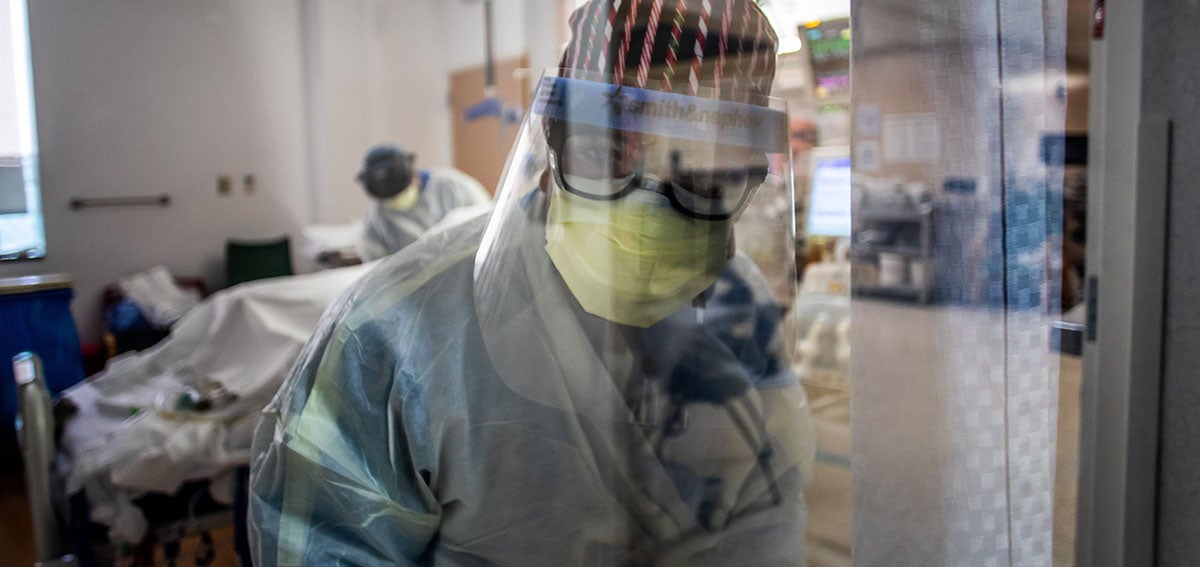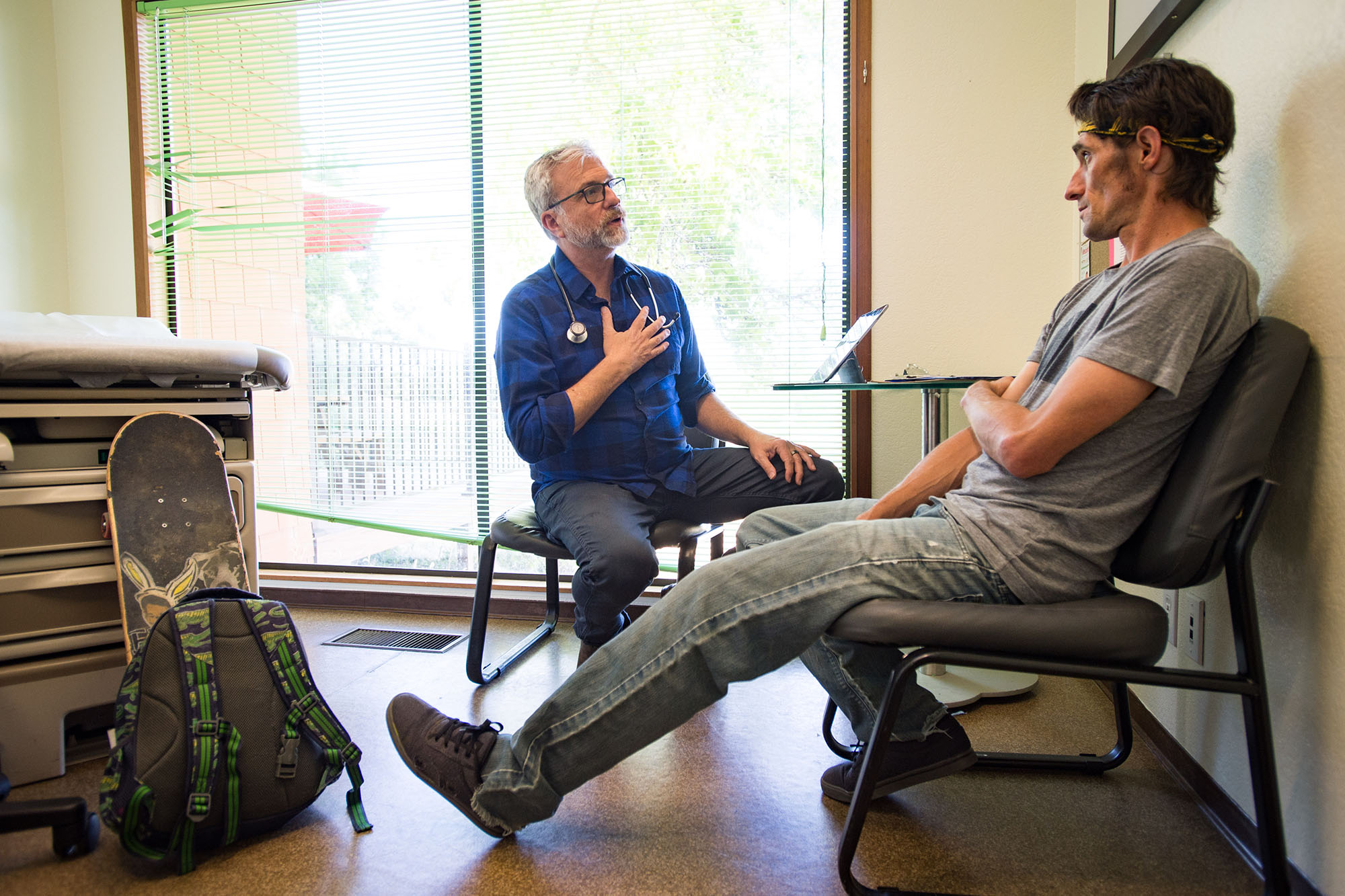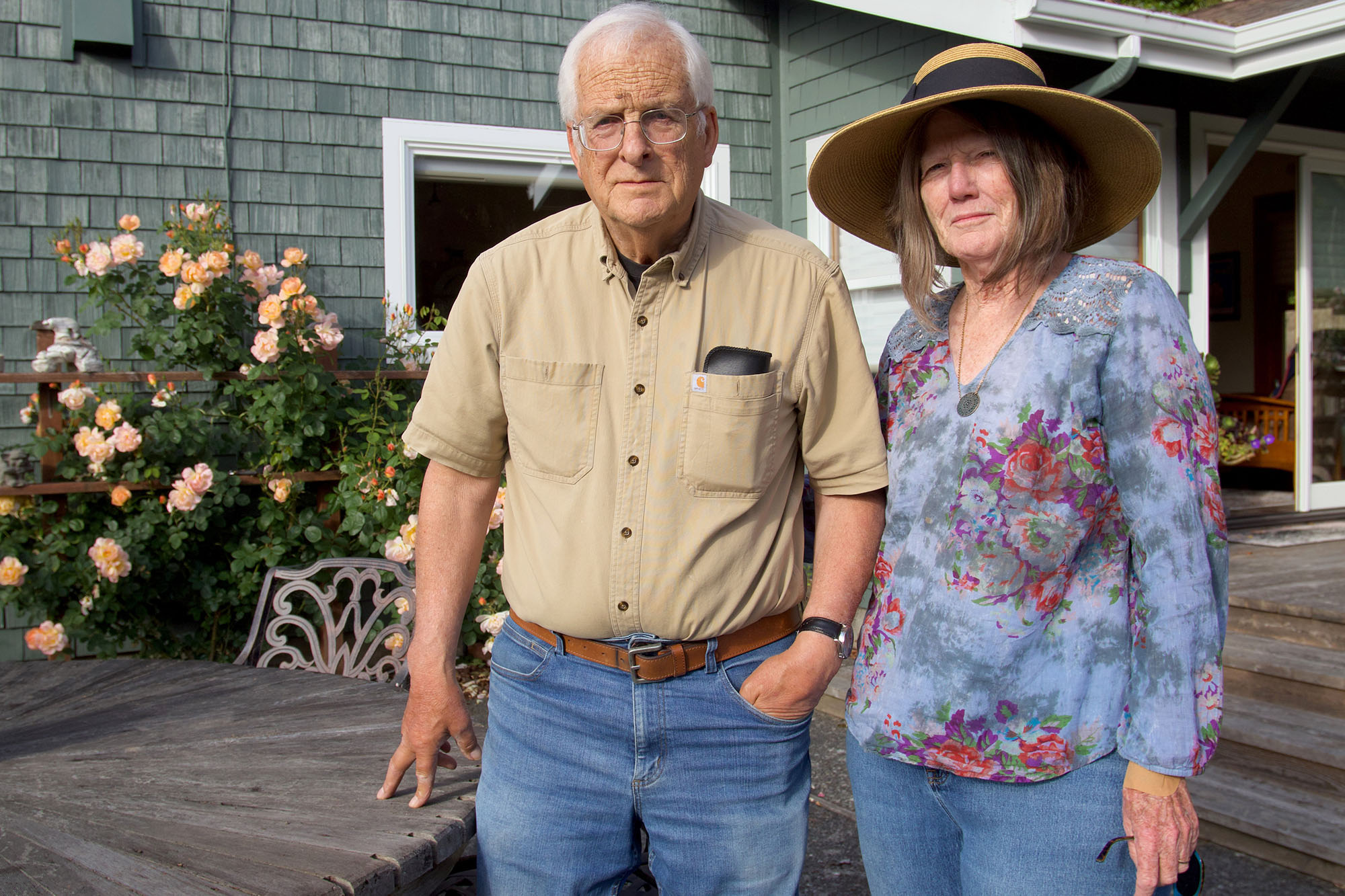
During the COVID-19 crisis, intensive care nurse Celia Nieto spent months in constant battles — fighting for more N95 masks, fighting for families to see their dying loved ones in the hospital, fighting for her children to get the schooling they needed despite the pandemic. She was driving to a routine dental appointment last October, when the will to fight suddenly left her. Nieto sobbed. Her mind raced with anxiety. She longed for the relentless stress to go away, she told Washington Post reporter William Wan.

“It’s not that I wanted to die per se. I just wanted all of it to stop: the crying, the racing thoughts. That’s when I knew something was wrong,” said Nieto, 44, of Henderson, Nevada. She sought therapy immediately.
Nieto has since lost two colleagues on her ward — one to COVID-19, another to suicide. Sadly, the burden of work and life in the pandemic is taking a disproportionate toll on women in nursing. Even before the pandemic, female nurses had double the suicide risk of women in the general population, according to a study published in JAMA Psychiatry in April that reported prepandemic data. The suicide rate is “much higher than I expected,” said the study’s lead author, Matthew Davis. “We’ve focused so much on physician welfare that, historically, we haven’t paid enough attention to this huge workforce that, based on our data, is at much higher risk.”
Now experts say the pandemic is a crucible that has almost certainly heightened the risks. Nurses have been on the front line of the COVID-19 crisis. They’ve worked overwhelming hours and watched patients die, sometimes acting as surrogate family members when loved ones were not permitted to visit ICUs.
I worry that without concerted action, things may get worse before they get better.
—Christopher Friese, University of Michigan
The findings are “particularly concerning” because the pandemic exacerbated “two well-known risk factors for suicide among health care workers: work-related stressors and mental health problems,” Medical University of South Carolina psychiatrist Constance Guille wrote in an editorial that accompanied the JAMA Psychiatry article.
Jennifer Feist, an advocate for suicide prevention for health care professionals, worries that the brunt of COVID-19 trauma may hit health care workers after the pandemic. “It’s when things calm down, it’s when you relax, it’s when you can take a breath, that’s when the real problems start,” she said.
Dual Burden
Elevated suicide risk among nurses might be the result of their work as primary caregivers for patients. “Nurses provide the majority of bedside care, work long shifts in stressful environments, and have less autonomy,” Davis told Medscape reporter Batya Swift Yasgur.
Women who are nurses typically must balance a challenging job with caregiving duties at home, said Christopher Friese, a coauthor of the study. “The nurses I work with routinely face tougher challenges at home that place added stress on them, such as caregiving for children or parents. You put the workplace and home stressors together, and it’s no surprise that nurses are struggling. I worry that without concerted action, things may get worse before they get better.”
Judy Davidson, a UC San Diego nursing and psychiatry researcher, coauthored one of the first papers looking specifically at nurse suicide, published in Archives of Psychiatric Nursing in 2019. She found suicide rates nearly 58% higher for female nurses and 41% higher for male nurses compared to the general US population.
Society has long expected nurses to move on from trauma quickly, an expectation that’s unmatched in other professions, Davidson told San Diego Union-Tribune reporter Paul Sisson.
“We haven’t been caring for ourselves properly,” Davidson said. “For example, policemen and firemen get time off if they witness a death, but nurses have been expected to just keep going on to the next patient with maybe a 10-minute break in between.”
Putting Themselves Last
Eighty-five percent of nurses are women, and expectations of women as caregivers may add to nurses’ burdens. Many had to take on additional work in the home as professional demands intensified. “While trying to fulfill their professional responsibilities, women had to meet their families’ needs, including childcare, home schooling, care for older people, and home care,” an article in The Lancet noted.
“We’re always taught to care for others. You care for your patients. You go home and you care for your family, and you put yourself last, and that’s the norm,” nurse Sara Fung and cocreator of The Gritty Nurse Podcast, told the Today show. “We really should be changing the conversation.”
Jennifer Feist, an advocate for suicide prevention for health care professionals, says stigma is a driving force in suicide. Nurses may fear that seeking mental health care would harm their professional standing. Feist lost her sister, emergency physician Lorna Breen, to suicide early in the pandemic.
“It’s there, and it’s strong,” Feist said of the stigma. “It is a well-established premise in health care that you do not seek mental health care, you just don’t.”
“We need to acknowledge and overcome the stigma associated with mental health problems within the culture of medicine and the silence and inaction that prevent the successful adoption of preventive and treatment interventions among health care professionals,” Guille wrote in her editorial.
Burned Out, Thinking About Leaving
Health care professionals across the board were overwhelmed by the demands of the pandemic. According to a Washington Post-KFF poll, “roughly 3 in 10 health care workers have weighed leaving their profession. More than half are burned out. And about 6 in 10 say stress from the pandemic has harmed their mental health.”
A CHCF poll, conducted in March and April and published on May 19, found that among health care professionals in California, 62% of providers feel overworked, and 60% feel burned out.
“Two-thirds of nurses felt overtired, and nearly half felt they didn’t have the emotional support they needed — the highest among health care professionals who responded over the summer to an online survey by Mental Health America,” Graison Dangor reported in Forbes. In the wake of the SARS epidemic of the early 2000s, exhaustion lingered for years, according to a 2004 study that found “nurses were the most likely to be suffering emotional distress, well over twice that of doctors.” Dangor wrote.
Nurses already have access to health care, so something is keeping them from seeking help themselves.
—Judy Davidson, UC San Diego
Davis said he hopes his study will explain the nurse suicide phenomenon to the public. “One of the things I think this paper can do is raise awareness that these are the nurses that are saving your loved ones’ lives every day. It’s time to double down and invest in them and make sure that they’re safe and well, not just during this pandemic but afterward,” he said.
Suicide Prevention Programs
At Davidson’s institution, UC San Diego, the Healer Education Assessment and Referral (HEAR) service routinely surveys health workers about their mental health care needs. The program uses a third party to encrypt identifying information to protect respondents’ privacy. “Even if we see that somebody says, ‘I’m going to kill myself tomorrow, goodbye,’ there is nothing we can do to identify them if they don’t want to be identified,” UC San Diego psychiatry professor and HEAR cocreator Sidney Zisook told Sisson.
HEAR was initially developed for doctors but later expanded to include nurses. “Nurses who responded to the HEAR survey reported staggering rates of suicidal thoughts comparable to, if not even greater than, attending-level faculty physicians at the same institution taking the same survey. Equally concerning, the vast majority at high risk were not receiving mental health treatment,” Davidson wrote in her evaluation of the program. The American Medical Association and American Nurses Association have each recognized the HEAR program as a best practice in suicide prevention.
“Nurses already have access to health care, so something is keeping them from seeking help themselves,” Davidson said. “It [takes] someone to reach out to them.”
Other programs, like the Frontline Workers Counseling Project, were created to help workers cope with the mental health fallout from the pandemic. The project connects volunteer therapists with essential workers in need of care, including health care workers. So far, more than 450 psychotherapists in the Bay Area have offered their time to essential workers in their region.
“We expect the crisis to be ongoing,” psychologist Elizabeth Rawson, who cofounded the counseling project, told Bay Area News Group reporter Martha Ross. “The impact of traumatic experiences is long-lasting. The effects of events that have already taken place may not sink in for some time.”
To send questions or comments, tweet at me with #EssentialCoverage or email me.
Authors & Contributors

Heather Tirado Gilligan
Heather Tirado Gilligan is a journalist who has written for publications including Slate, The Nation, CNN, and the Washington Post. Previously, she was executive editor of the California Health Report, a news nonprofit covering disparities in health and access to health care. Heather received a master’s degree in journalism from UC Berkeley and a PhD in English from Rutgers University, where she studied race in American culture.





